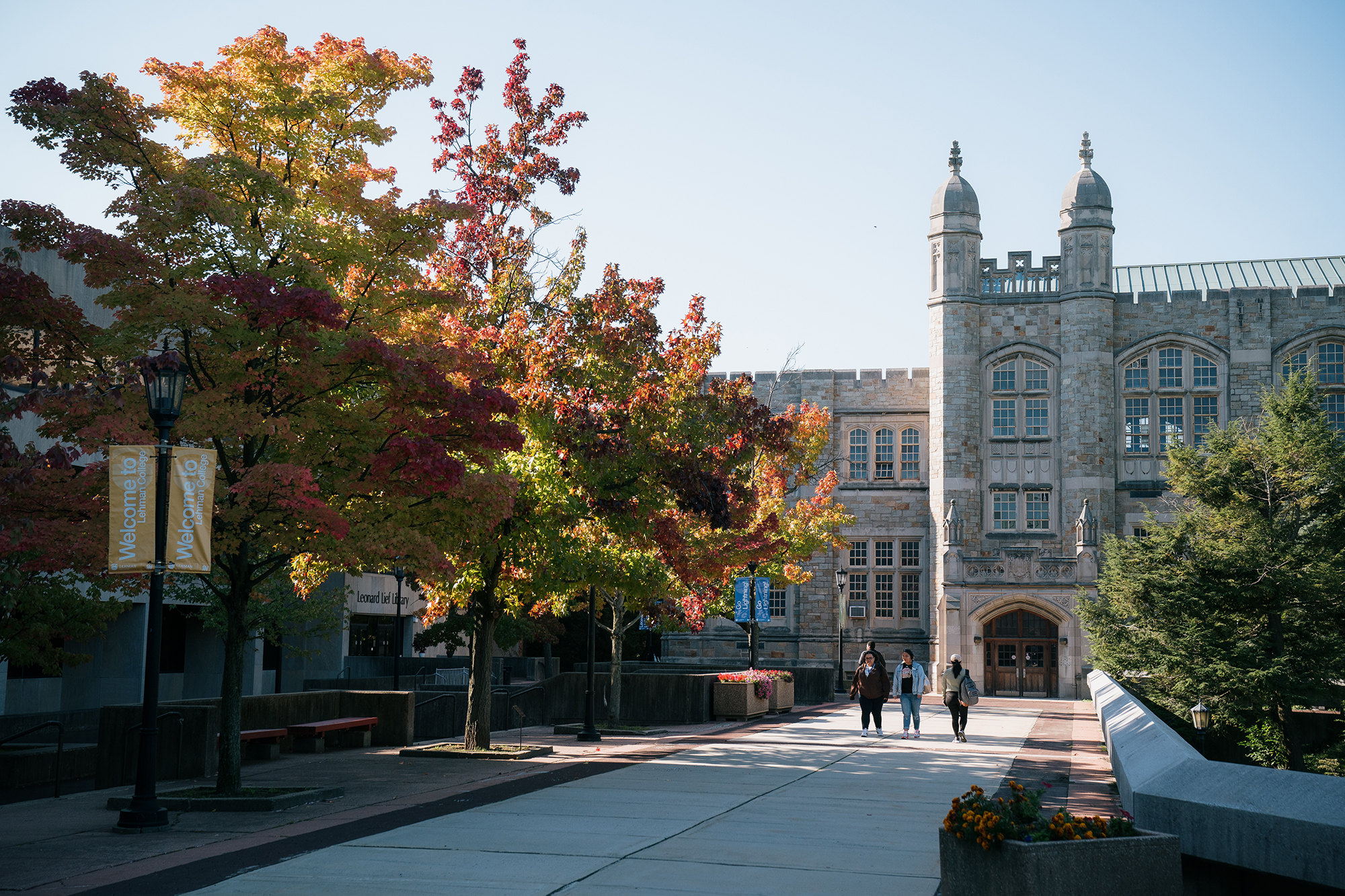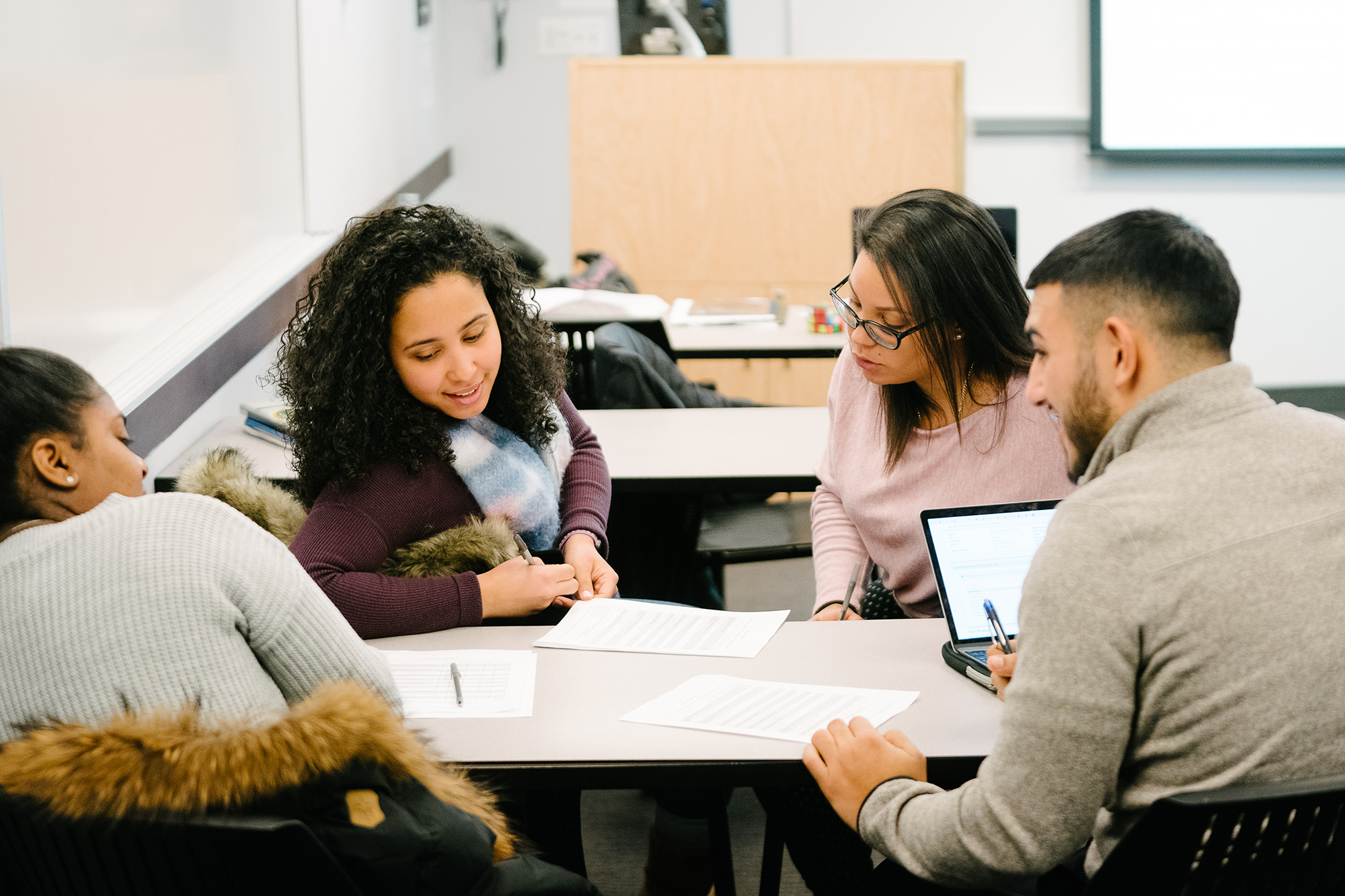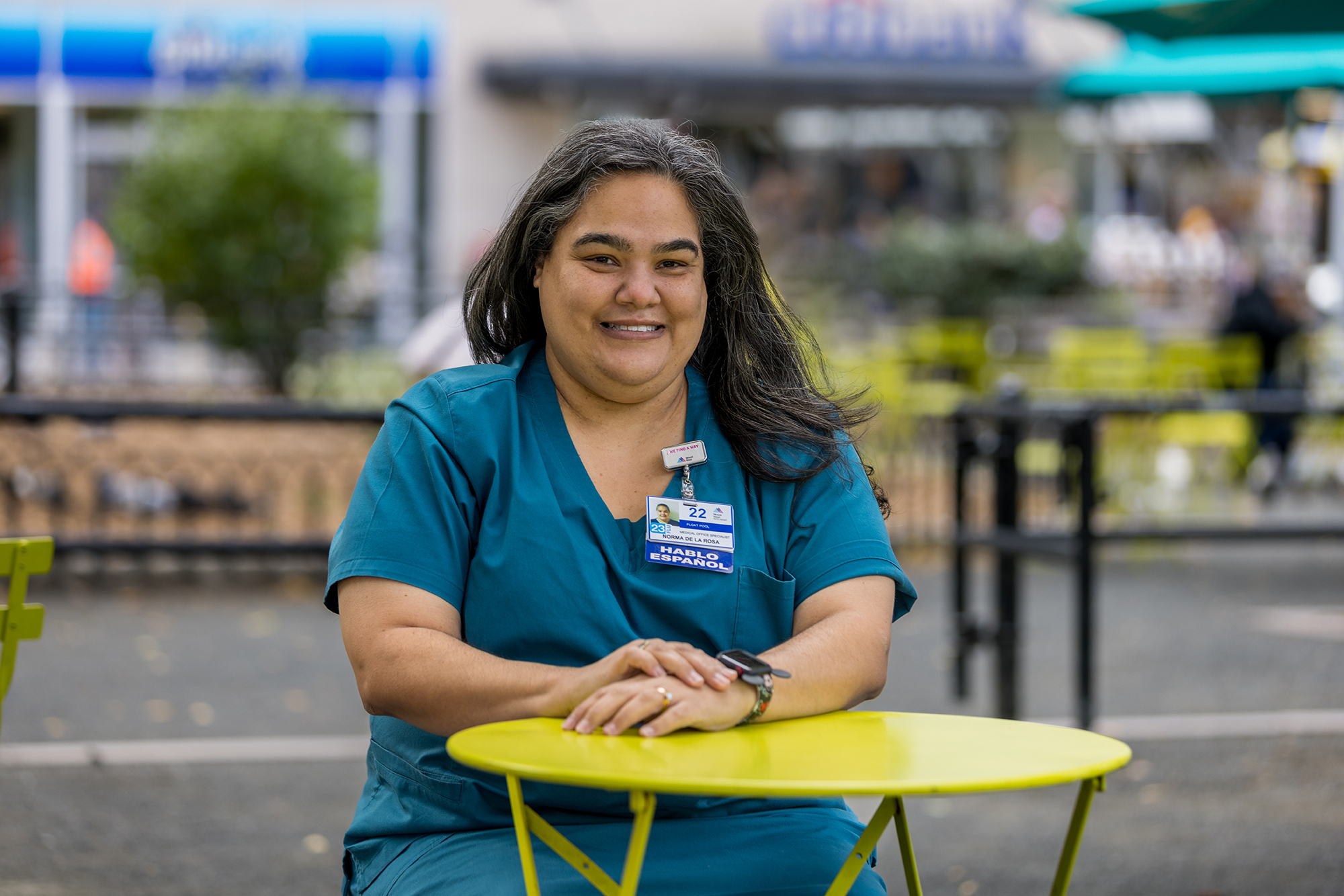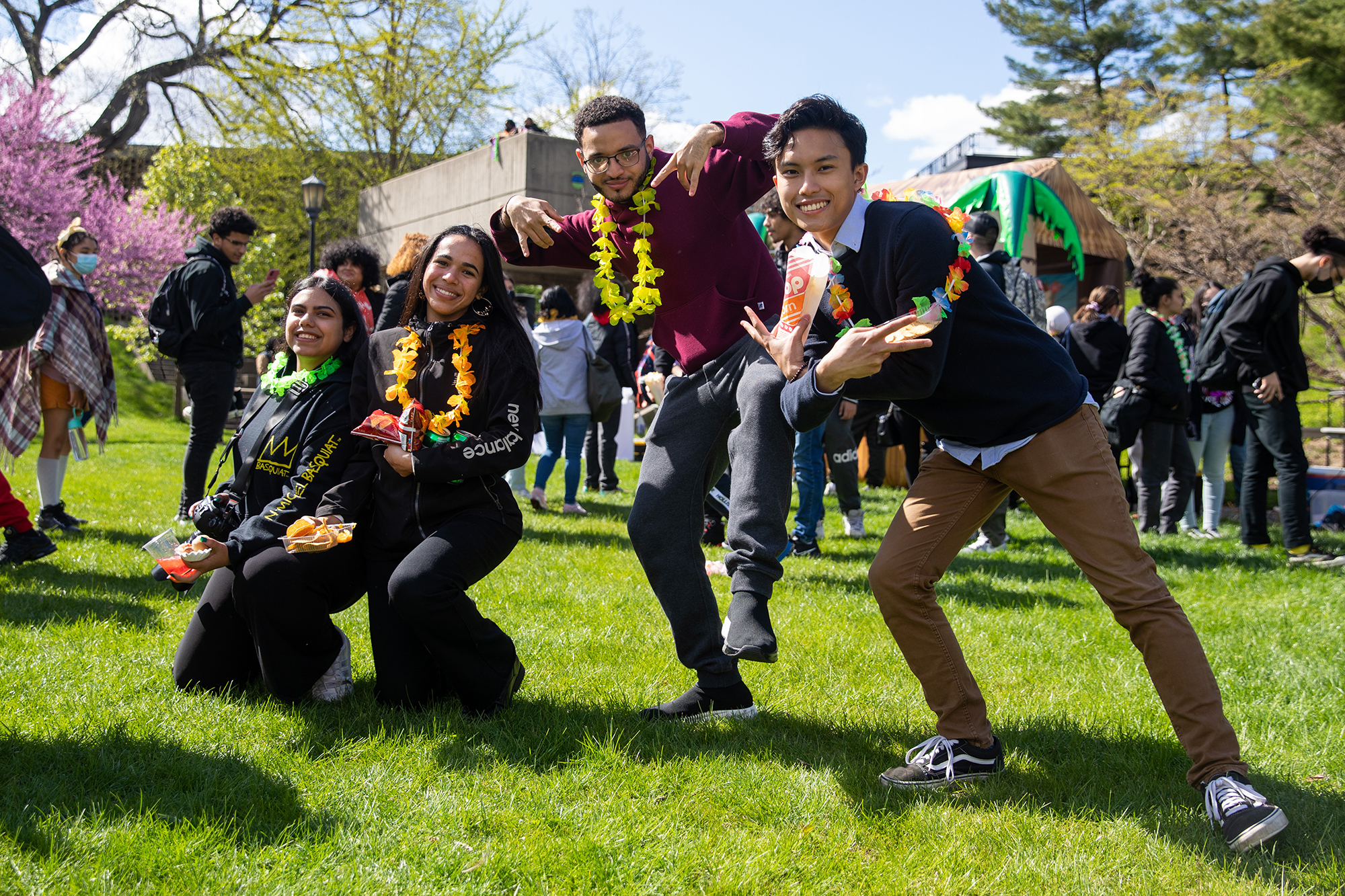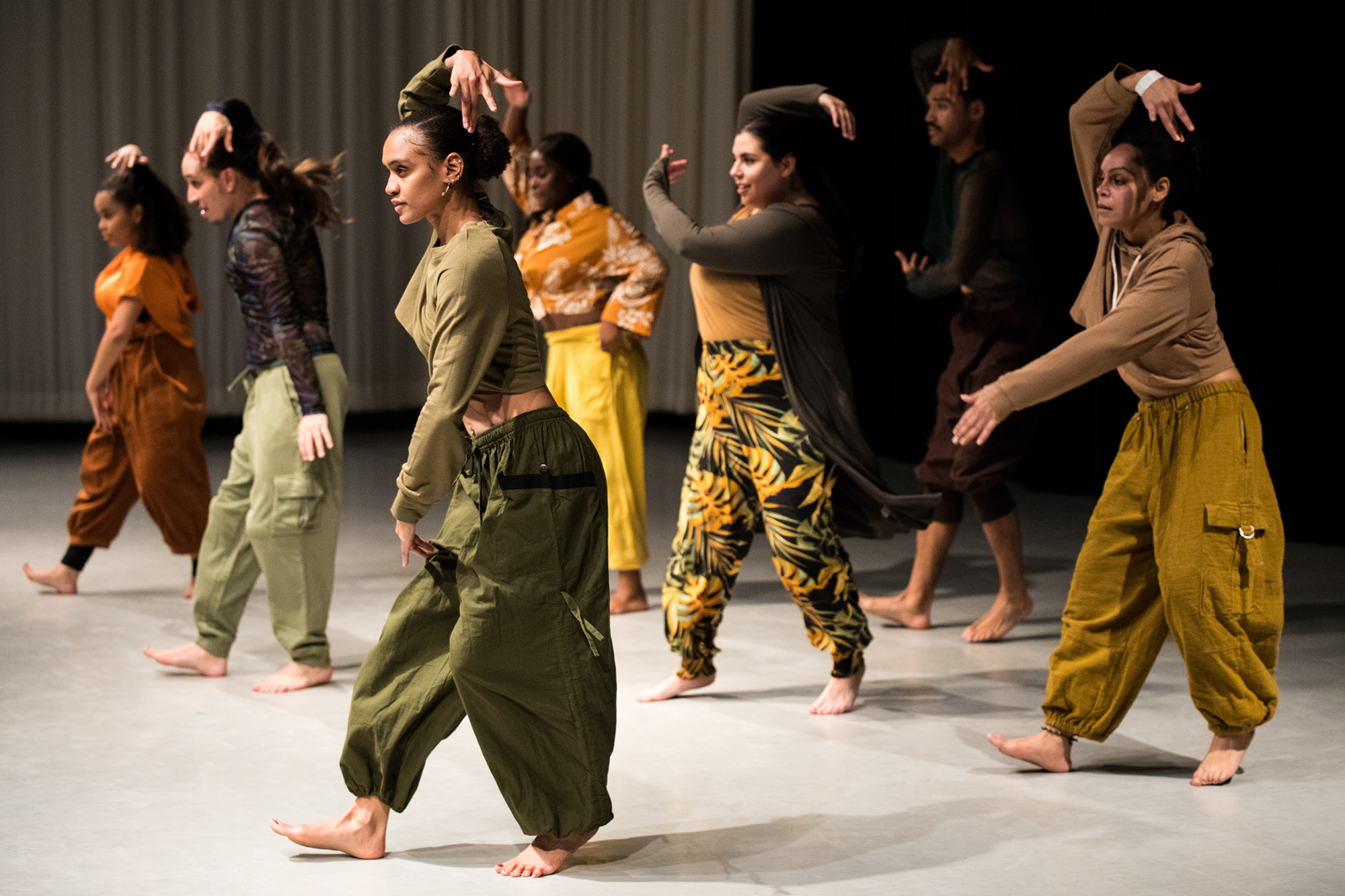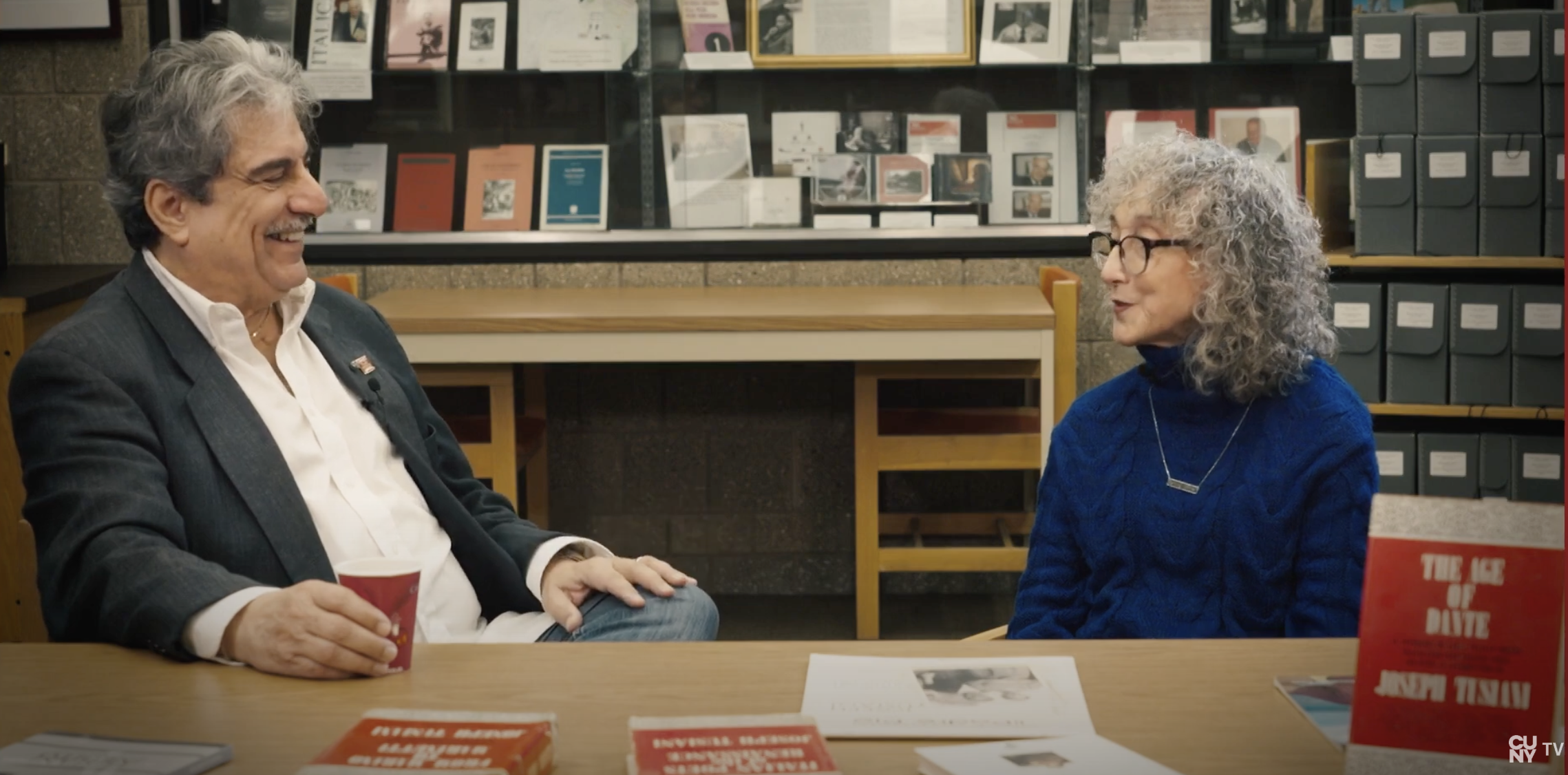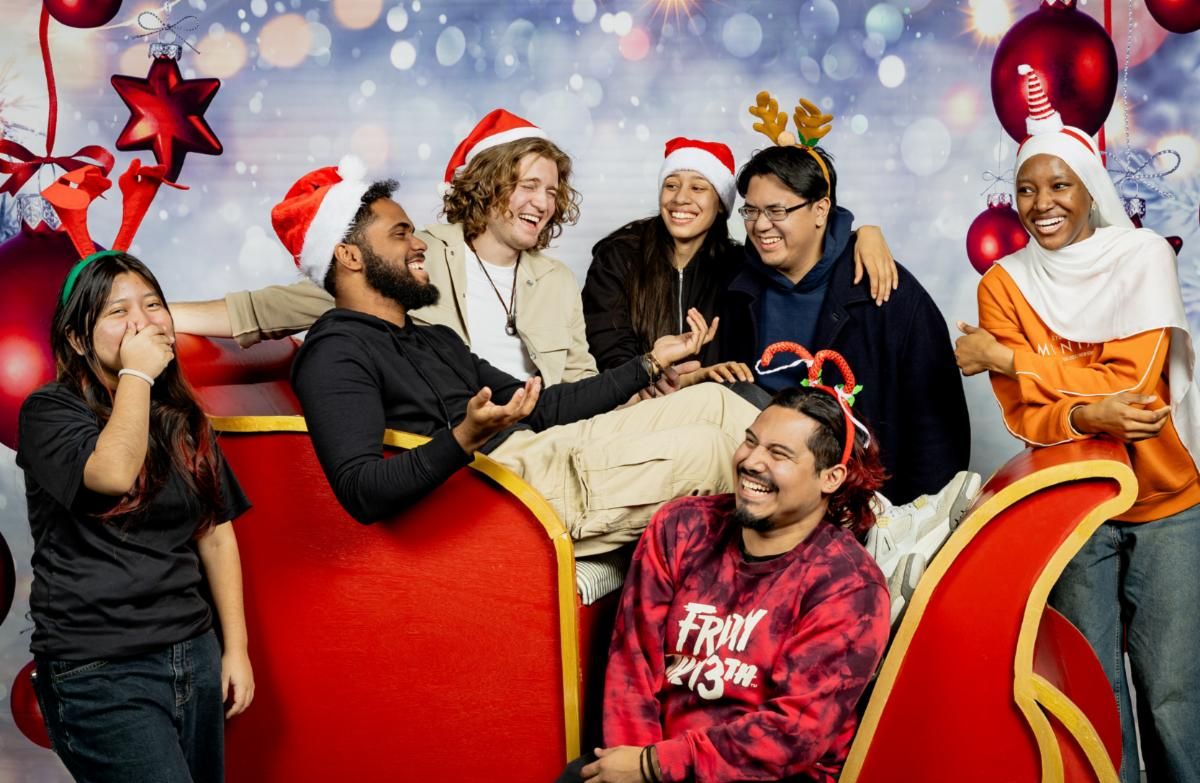- Lehman College >
- News >
- 2025 >
- Faculty Profile: Victoria Dominguez, Forensic Anthropology
News
Search All News
Sunday, December 21, 2025
CONTACT
Office Hours
Monday - Friday 9am - 5pmClosed Sat. and Sun.
RELATED STORIES
December 30, 2024
December 19, 2024
Faculty Profile: Victoria Dominguez, Forensic Anthropology

November 3, 2025
Victoria Dominguez, associate professor of forensic anthropology, knows her bones. After earning her master’s degree in human skeletal biology from NYU, she introduced new a way to tell human from non-human bone under the microscope. A stint in New York City’s Office of the Chief Medical Examiner was followed by a Ph.D. at The Ohio State University, where she managed the Skeletal Biology Research Lab, studied how microscopic bone damage can lead to fractures, contributed cadaver-based data to improve vehicle safety, and served on the Forensic Anthropology Case Team. Dominguez returned to New York in 2018 to join Lehman College. We asked her about her career trajectory, her research, and what motivates her to look for answers deep under the skin. (This interview has been edited for length.)
How did you find your career path?
I was a weird kid who wanted to be an Egyptologist since as far back as I can remember. When I got to college, I started taking archaeology courses. In the U.S., archaeology is a branch of anthropology, and I had to take courses in all the branches. That’s when I learned about the biological side of things—I loved my human evolution class and getting to talk about the skeleton, much more than I enjoyed learning about pottery or tools. This led me to refocus, and when I took a forensic anthropology class, I discovered that I found modern humans the most interesting of all. So, it turns out I wasn’t that far off as a kid, considering I had always been super fascinated by the mummies.
How do you describe what you do to someone outside your field?
I’m interested in how bones work and what they can tell us about the living person they once supported. I’m particularly interested in how aging influences our bones, both to better understand how conditions like osteoporosis weaken our skeletons and how we might be able to counter that, but also so that we can get more accurate estimates of how old someone was when they died, based on their bones.
What do you love about being a forensic anthropologist?
I love getting to do something different all the time that incorporates ideas and approaches from a variety of disciplines. I like the demand for flexibility and creative approaches combined with solid scientific foundations to solve problems.
How has your focus evolved—and what are you working on now?
Initially I was hyper-focused on doing casework, because I enjoyed that and felt like I was helping people. But it is very mechanical—I am taking existing methods and applying them to a set of human remains to interpret who this is and what might have happened. Over time, I have become interested in the methods themselves. What specific aspects of our skeletons, and all skeletons, can we reliably interpret, and why? How does this insanely fascinating tissue that is super adaptable when we are alive, also manage to be something that can persist for eons after we die?
How has being at Lehman shaped your approach?
I always devote a class to the ethics of using human remains—how they were historically acquired versus current practices. In my first year, the students had a passionate, thoughtful debate about the difficult subject of death and what happens to our bodies after we die. Several argued that using remains without explicit consent is unfair and unethical, which is how I generally feel; others took a practical view that not using information that could help the living would be unfair. They brought up some points I hadn’t considered myself. That experience reinforced for me the value of differing viewpoints, and inspired me to build much more discussion into my classes.
What do you hope your work will make possible?
I want my research, and my teaching, to help improve identifications in forensic contexts so that people are more likely to be returned to their families and friends, to bring closure. I also want to improve diagnosis and treatment options for skeletal conditions, particularly osteoporosis. And I want to engage my students so that hopefully they too want to pursue careers and interests that will improve people’s lives.

